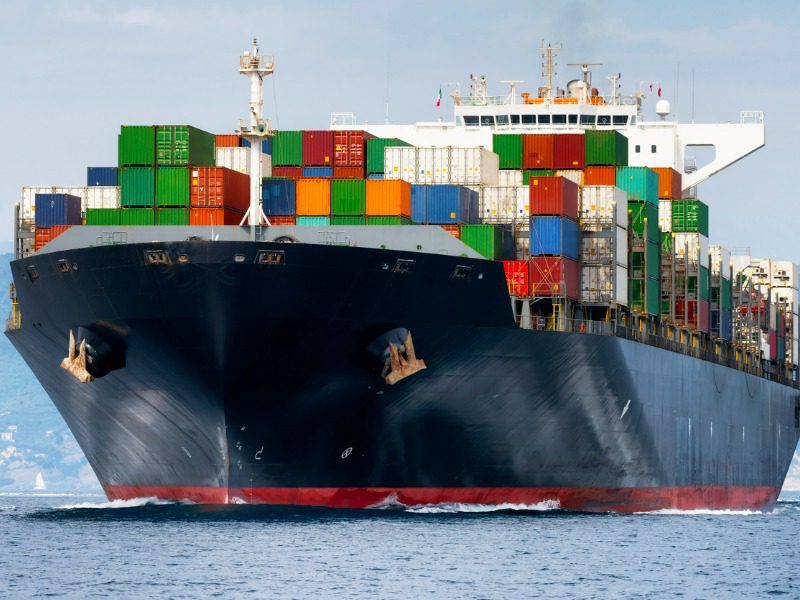War and other factors loom over shipping sector: report

While fewer total losses of cargo ships worldwide is good news for marine insurers, the number of shipping casualties rose during 2021, said Allianz Global Corporate & Specialty’s (AGCS) annual Safety & Shipping Review.
Globally, 54 total vessel losses were reported in 2021, 11 fewer than 2020. That’s a big improvement from the 1990s, when more than 200 vessels annually were declared total losses. (Impressive, since there are about 130,000 cargo ships operating globally today, compared to roughly 80,000 in the 1990s.)
The maritime region of South China, Indochina, Indonesia, and the Philippines accounted for 12 losses in 2021. Loss drivers were high levels of trade, congested ports, older fleets and extreme weather.
But, while overall losses declined, reports of shipping casualties, or incidents, rose. The British Isles reported the most incidents (668 out of 3,000). Worldwide in 2021, 1,311 incidents were caused by machinery damage, 222 by collisions and 178 by fires.
Over the past decade, 10 total losses of vessels were reported in the Canadian Arctic and Alaska region, making it the 19th most frequent loss location globally, ACGS told Canadian Underwriter. The most common cause was foundering (sinking/submerging).
Plus, the past 10 years saw 508 shipping incidents reported in that region (most commonly machinery breakdown), making it the 14th most frequent incident location.
The report also points to looming factors that could quickly change what’s now a generally positive story.
“The tragic situation in Ukraine has caused widespread disruption in the Black Sea and elsewhere, exacerbating ongoing supply chain, port congestion and crew crisis issues caused by the COVID-19 pandemic,” said Captain Rahul Khanna, who heads global Marine Risk Consulting at AGCS.
“[And] some of the industry’s responses to the shipping boom, such as changing the use of, or extending the working life of, vessels also raise warning flags.”
Russia’s invasion of Ukraine affected the shipping industry in several ways, the report noted, including loss of life and vessels in the Black Sea, trade disruption and growing burdens from sanctions. Plus, there are knock-on effects to daily operations, crews, cost and availability of marine fuel oil, and potentially more cyber risk.
A long war could, potentially, reshape global trade for energy and other commodities; and a tighter ban on Russian oil could push ship owners to use alternative fuels. “If such fuels are of substandard quality,” the report said, “this may result in machinery breakdown claims in future.”
Onboard fires also are a growing concern. The report said there have been over 70 reported fires on container ships in the past five years.
Fires can start due to misdeclaration (or no declaration) of hazardous cargo, like chemicals and batteries. And rising shipments of electric vehicles create challenges because existing fire-suppression measures might not properly address an EV blaze.
Further, losses can be expensive because the cargo is high value, and it’s expensive to remove wrecks and mitigate pollution.
“Previously, a wreck might have been left in-situ if it posed no danger to navigation,” said Khanna. “Now, authorities want wrecks removed and the marine environment restored, irrespective of cost.”
Feature photo courtesy of iStock.com/Federico Rostagno







